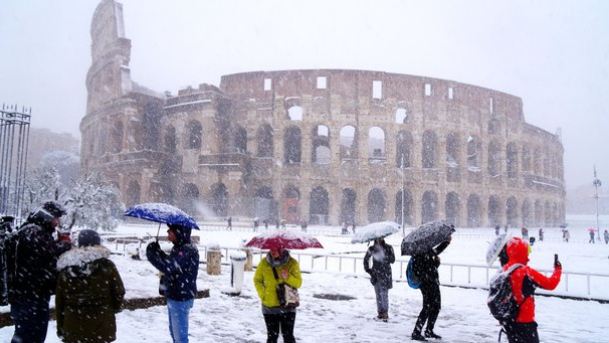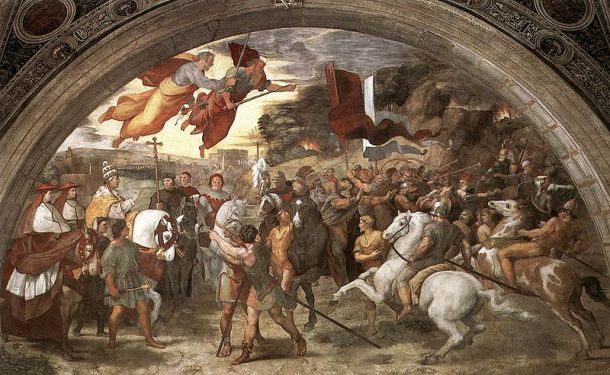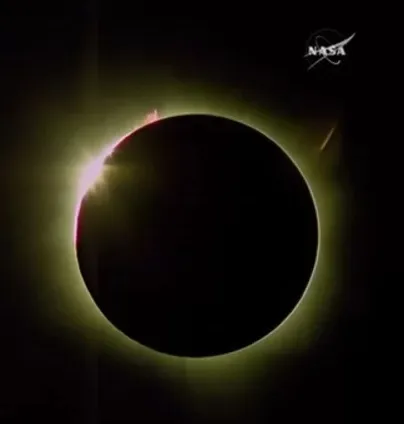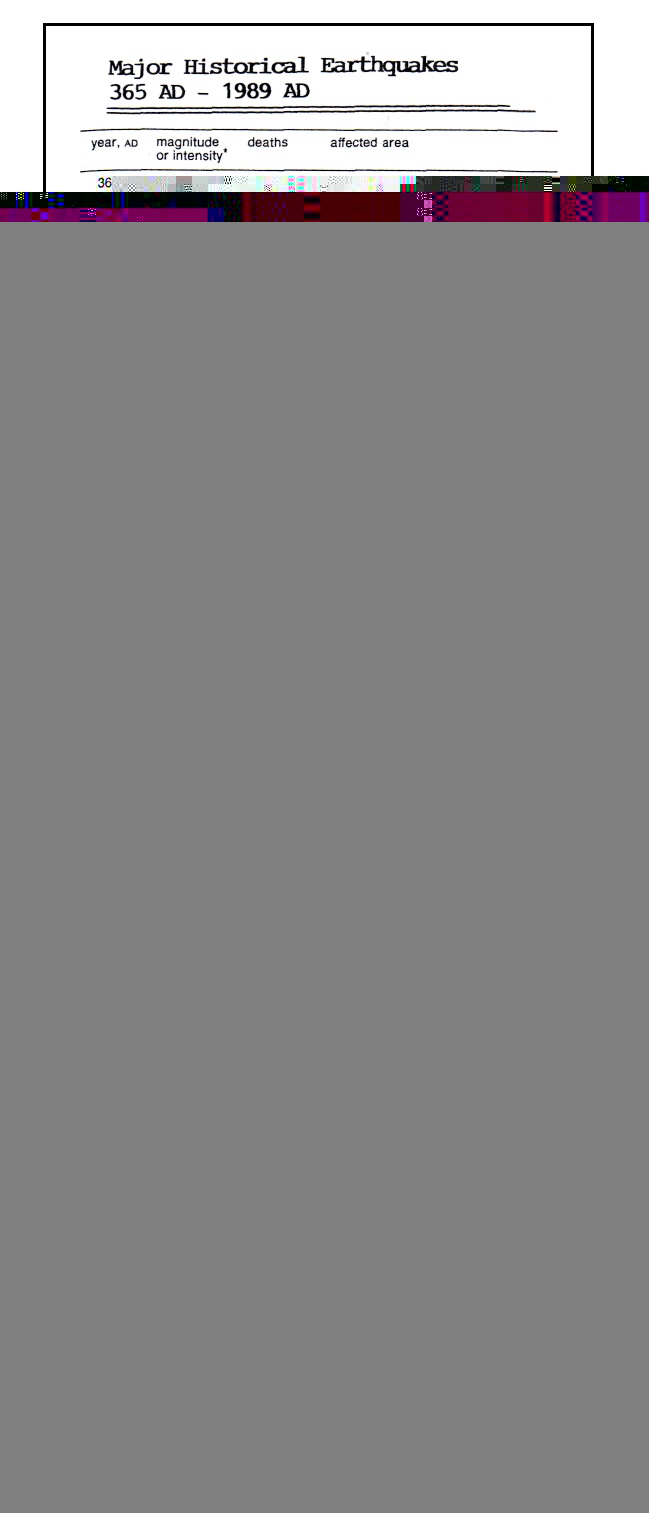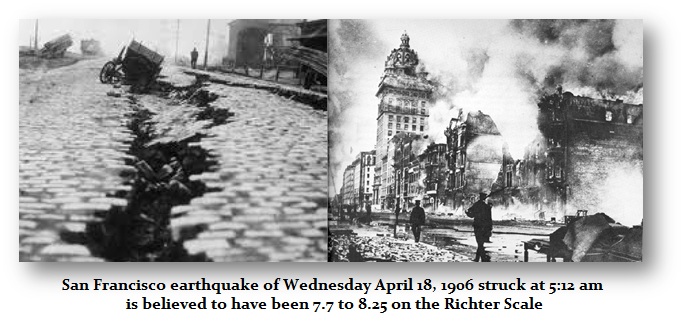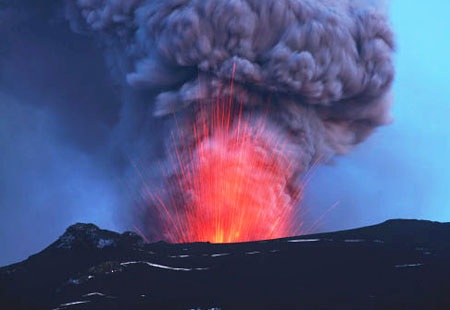Unusual Snowfall in February 2018 that Reached Down to Rome
COMMENT #1: Mr. Armstrong; It was snow flurries here in Rome already. This looks like a bitterly cold winter this year as you said.
Roberto
COMMENT #2: Marty; I live just down the street from your old place in Kensington. It is snowing already. I have never seen it turn so cold so fast.
Cheers from the new Winter Wonderland.
PG
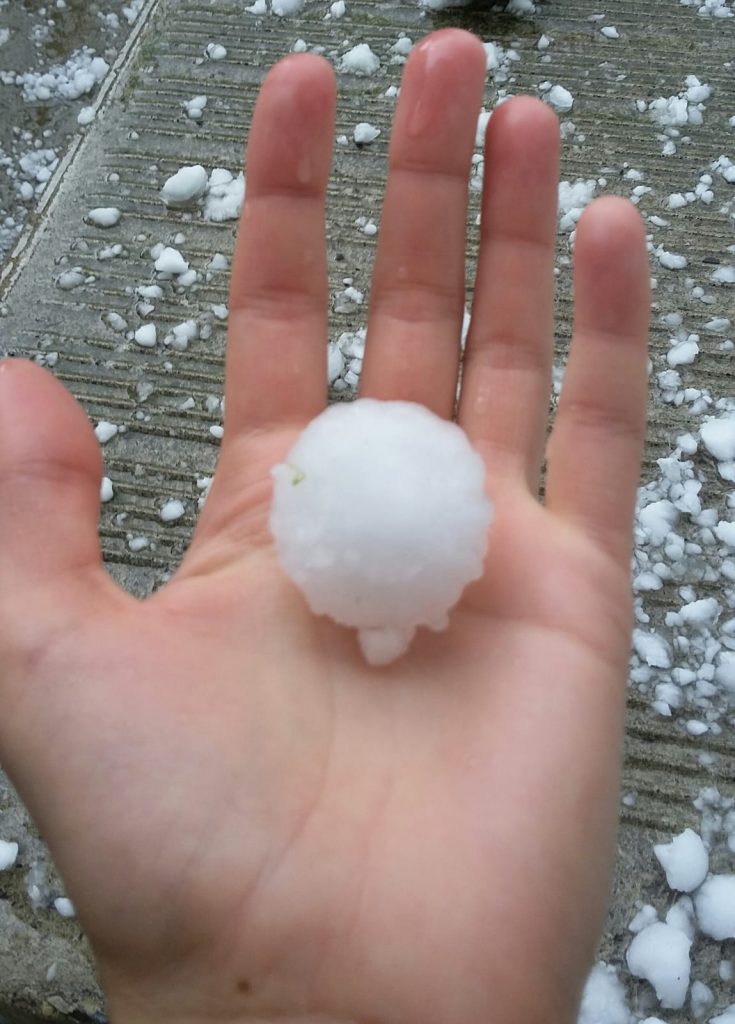 REPLY: It does not look good for weather again. It is bitter cold even in Minnesota. There is even early snowfall in Colorado. Well, it was so hot during the summer creating a drought the Hunger Stones appeared, and now we have snow already in some place a bit early but nothing dramatic. This is the same patterns historically that ended up resulting in the defeat of Napoleon. The crazy thing is this was easily predictable. I warned about the solar minimum back in 2015. This has been the fastest plunge into solar minimum that anyone has seen to date. Last year in 2017, there was extreme cold down all the way into Spain where food is grown for winter in Europe killing the crops.
REPLY: It does not look good for weather again. It is bitter cold even in Minnesota. There is even early snowfall in Colorado. Well, it was so hot during the summer creating a drought the Hunger Stones appeared, and now we have snow already in some place a bit early but nothing dramatic. This is the same patterns historically that ended up resulting in the defeat of Napoleon. The crazy thing is this was easily predictable. I warned about the solar minimum back in 2015. This has been the fastest plunge into solar minimum that anyone has seen to date. Last year in 2017, there was extreme cold down all the way into Spain where food is grown for winter in Europe killing the crops.
In London, there was a drought in 1616 with a very hot summer that followed 1612. Then by 1620-21, the Thames froze and they had theFrost Fair on the Thames (see History of British Winters). People think these extreme swings between hot and cold are unique. They are not. This seems to go hand-in-hand with solar minimums. I reported that there was unusual snow falling in Calgary. A reader sent in the picture above from August this year. It was still snowing in Newfoundland in June.
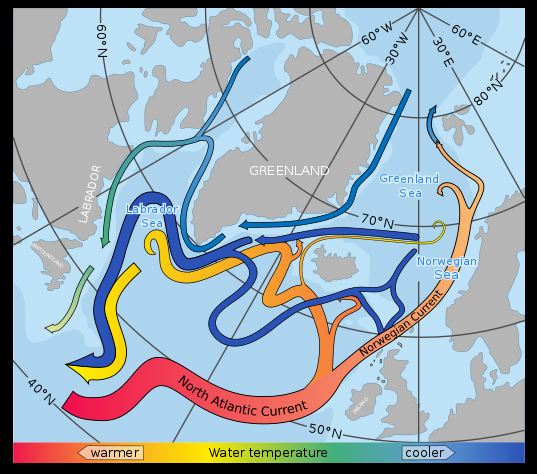 The Atlantic current is slowing down dramatically. A team of scientists says it is the weakest in 1600 years. Naturally, they attribute it to humans who are driving their cars and heating their homes which is melting the ice in Greenland and that is fresh water which is lighter than seawater. They are predicting, of course, it could stop altogether in a few decades. The only problem is the classic one. They ignore cycles and assume whatever trend is in motion will stay in motion to the point it will stop completely. If that were the case, then we would probably go into a White Earth Effect and we should be all dead anyhow so perhaps the planet will heal itself when we are all gone. So they are predicting something that has no historical foundation since it has never happened before.
The Atlantic current is slowing down dramatically. A team of scientists says it is the weakest in 1600 years. Naturally, they attribute it to humans who are driving their cars and heating their homes which is melting the ice in Greenland and that is fresh water which is lighter than seawater. They are predicting, of course, it could stop altogether in a few decades. The only problem is the classic one. They ignore cycles and assume whatever trend is in motion will stay in motion to the point it will stop completely. If that were the case, then we would probably go into a White Earth Effect and we should be all dead anyhow so perhaps the planet will heal itself when we are all gone. So they are predicting something that has no historical foundation since it has never happened before.
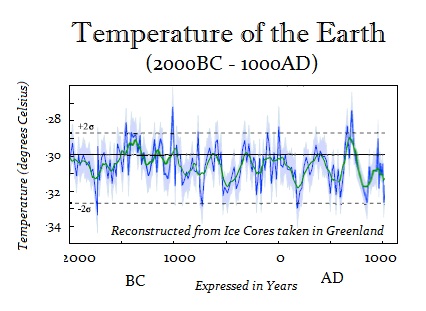 Here is a chart from an important study derived from the ice core samples in Greenland. A research team from Japan, France, Denmark, and the USA reconstructed the temperature history of the last 4,000 years in the center of Greenland with the help of ice cores and found that we are by no means creating any global warming that has never happened before in history. The basis of this chart was created from the air bubbles trapped in the ice. They were able to calculate the temperature at the snow surface by analyzing argon and nitrogen isotope ratios. This temperature has averaged -30.7 ° C over the past 4,000 years.
Here is a chart from an important study derived from the ice core samples in Greenland. A research team from Japan, France, Denmark, and the USA reconstructed the temperature history of the last 4,000 years in the center of Greenland with the help of ice cores and found that we are by no means creating any global warming that has never happened before in history. The basis of this chart was created from the air bubbles trapped in the ice. They were able to calculate the temperature at the snow surface by analyzing argon and nitrogen isotope ratios. This temperature has averaged -30.7 ° C over the past 4,000 years.
One thing to understand is that the peak in the Roman economy is regarded to have taken place with the Roman Emperor Marcus Aurelius (161-180AD). We see a huge spike down in temperature which corresponds to the peak in the Roman Empire which Edward Gibbons drew the line for the beginning of the Decline & Fall. It is clear from contemporary sources that the climate in Europe was turning extremely cold. By 170AD, Marcus Aurelius was battling the Germanic attempts to invade the south most likely due to this climate change. He wrote his Mediataions that he desperately needed to keep his mind distracted from the bitter cold at night. He even sent his children home to Rome to live with their great-great-aunt Matidia because Marcus thought the evening air was far too cold for them. He even asked his friend for “some particularly eloquent reading matter, something of your own, or Cato, or Cicero, or Sallust or Gracchus—or some poet, for I need distraction, especially in this kind of way, by reading something that will uplift and diffuse my pressing anxieties.” id/ Ad Antoninum Imperator 4.1 (= Haines 1.300ff), qtd. and tr. Birley, Marcus Aurelius, 120.
We know that from about 160AD to 290AD there was a period of climate cooling which dramatically impacted the northwestern provinces of the Empire and most likely inspired the initial invasions of the Germanic tribes. There was clearly dramatic swings in the climate. We have an extreme cold reported by Marcus Aurelius and this is accompanied by a drought, which is also like the patterns we are witnessing today. We also know that the Roman Emperor Elagabalus (218-222AD) during the third century just 50 years later ordered that snow was to be brought down from the mountains via donkey trains and placed in the garden next to his villa to keep cool during the summer. We have this period of extreme cold and extreme heat.
 We also know from contemporary accounts that the ancient Egyptians hung damp reeds over windows and placed water-filled pots in hallways. As the water evaporated, it would cool the air. They also figured out that channeling air through stones resulted in the stones absorbing the heat and the air was cooled. I felt this myself when I climbed into the Great Pyramid and made it to the King’s Chamber. I thought it was air-conditioned at first and then realized it was an ancient system that still worked.
We also know from contemporary accounts that the ancient Egyptians hung damp reeds over windows and placed water-filled pots in hallways. As the water evaporated, it would cool the air. They also figured out that channeling air through stones resulted in the stones absorbing the heat and the air was cooled. I felt this myself when I climbed into the Great Pyramid and made it to the King’s Chamber. I thought it was air-conditioned at first and then realized it was an ancient system that still worked.
Dendrochronology, the science of dating events, environmental change, and archaeological artifacts by using the characteristic patterns of annual growth rings in timber and tree trunks, indicates that there was a severe drought which began in 338AD and persisted until 377AD. This event contributed to the fall of Rome after the recovery of the period of Constantine I (309-337AD) who died in 337AD.
Pope Leo in 452AD meets Attila the Hun
It was this severe drought that forced the nomadic pastoral federation of Huns to seek pastures and began to invade Europe to the west and south. Their attacks north of the Black Sea drove the Goths to flee into the Roman Empire and ultimately to attack Rome itself. Increased climate variability coincided with the decline of the Western Roman Empire and its ultimate collapse in 476AD. For the Eastern Roman Empire there is an evidence for a regional prolonged drought in modern central Turkey also began during the 5th century.
Hopefully, one day our approach to history will start a major exploration to understand history in a new way. What our computer has accomplished on correlating all of these trends is really unsurpassed. Looking at the global picture of climate and economic change provides a much greater precision in identifying some of the causal relationships underlying societal change that many did not quite understand. The issue of how climatic change cycles contribute to the disruptions affecting human societies and ultimately causing changes in the political system structures is something that has always attracted a great deal of attention in our research. What jumps out from the correlation is that climatic change events have resulted in an increase in violence over contested resources sparking great migrations and invasions like that of the Germans during the 2nd century and the Huns during the 5th century.

